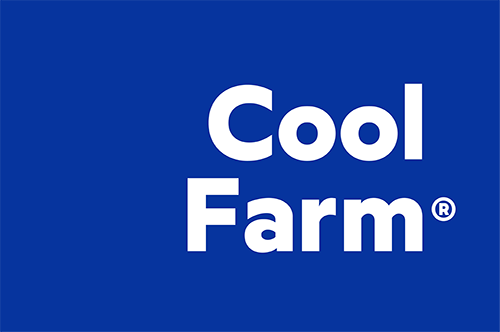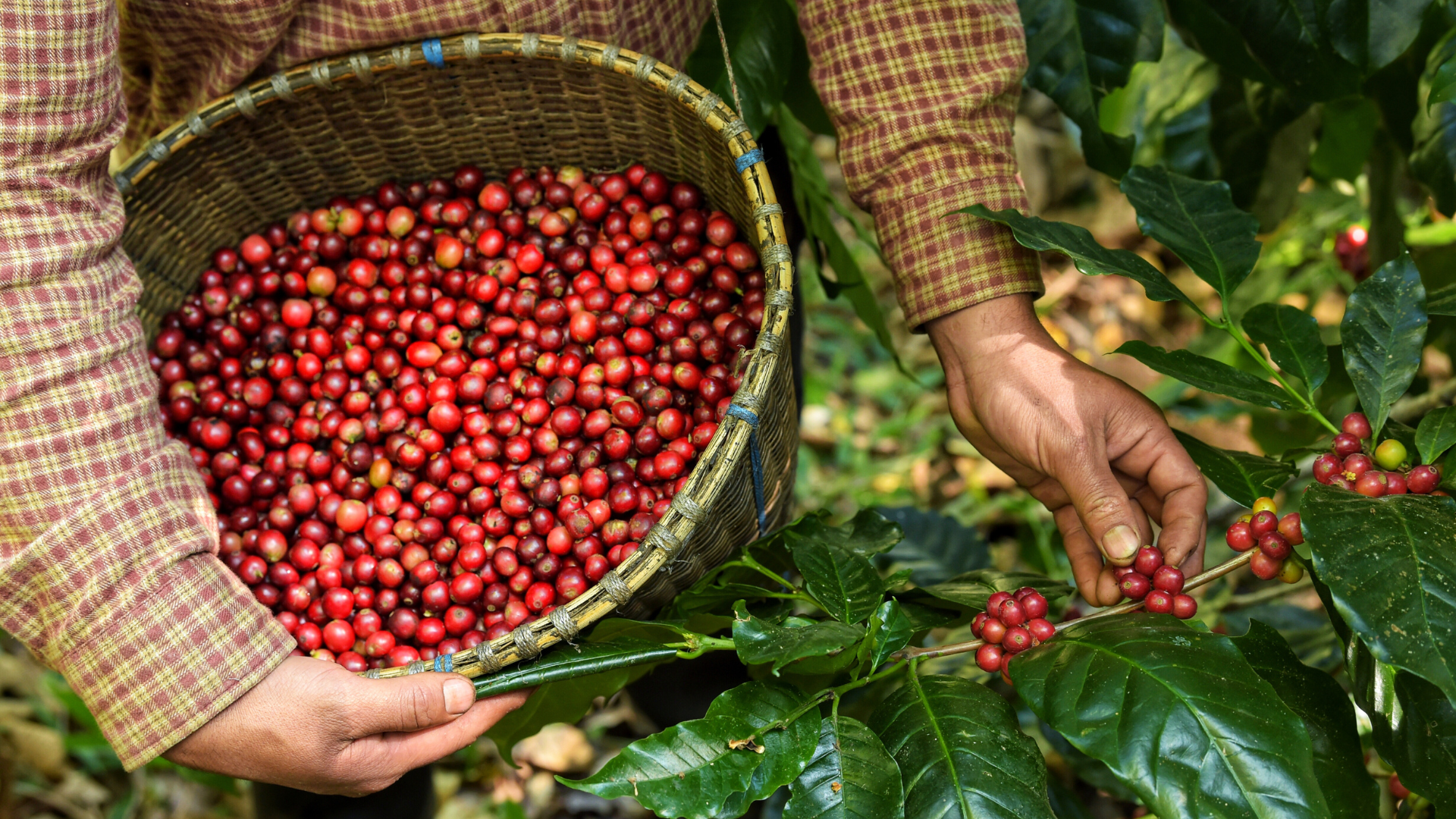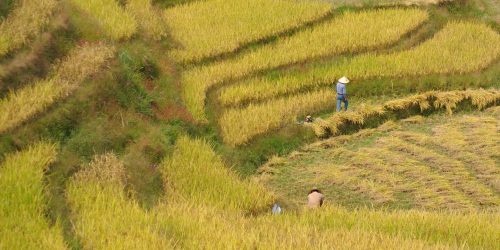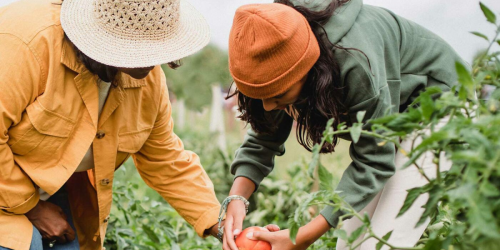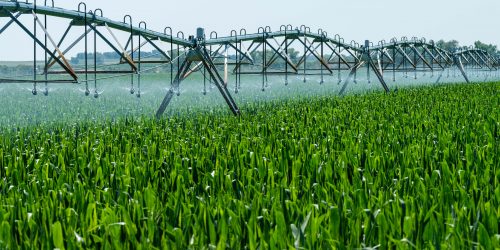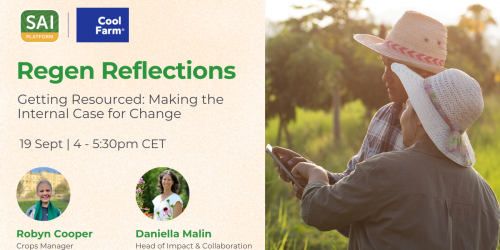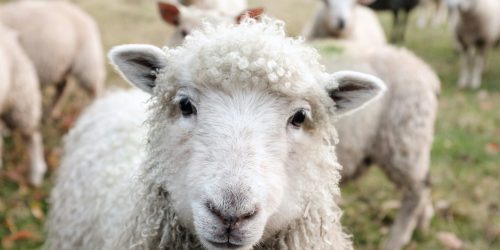At the Cracking the Nut conference in Abuja, Nigeria, Oscar Fuentes and Olaf Westermann from Catholic Relief Services (CRS) highlighted how the Blue Harvest Regenerative program, alongside the Cool Farm Tool (CFT), is helping transform coffee farming in Nicaragua and Honduras. By focusing on regenerative agriculture, the program supports coffee farmers with environmentally friendly practices that improve their livelihoods, protect natural resources, and build climate resilience. The Cool Farm Tool plays a key role by offering farmers actionable insights into their greenhouse gas (GHG) emissions, enabling them to measure and reduce their carbon footprints.
Since its launch in 2014, Blue Harvest has worked to promote water conservation, soil health, and sustainable farming across Central American coffee-growing regions. The initiative, led by CRS, helps thousands of farmers restore and protect vital watersheds used for drinking water. With support from partners like Keurig Dr Pepper, the program provides tools and resources to make regenerative farming more accessible and economically viable.
The Cool Farm Tool complements these efforts by calculating emissions and offering practical recommendations for reducing them. Farmers use the tool to assess the environmental impact of activities such as fertiliser application and cover cropping, giving them clear, actionable data to improve their practices.
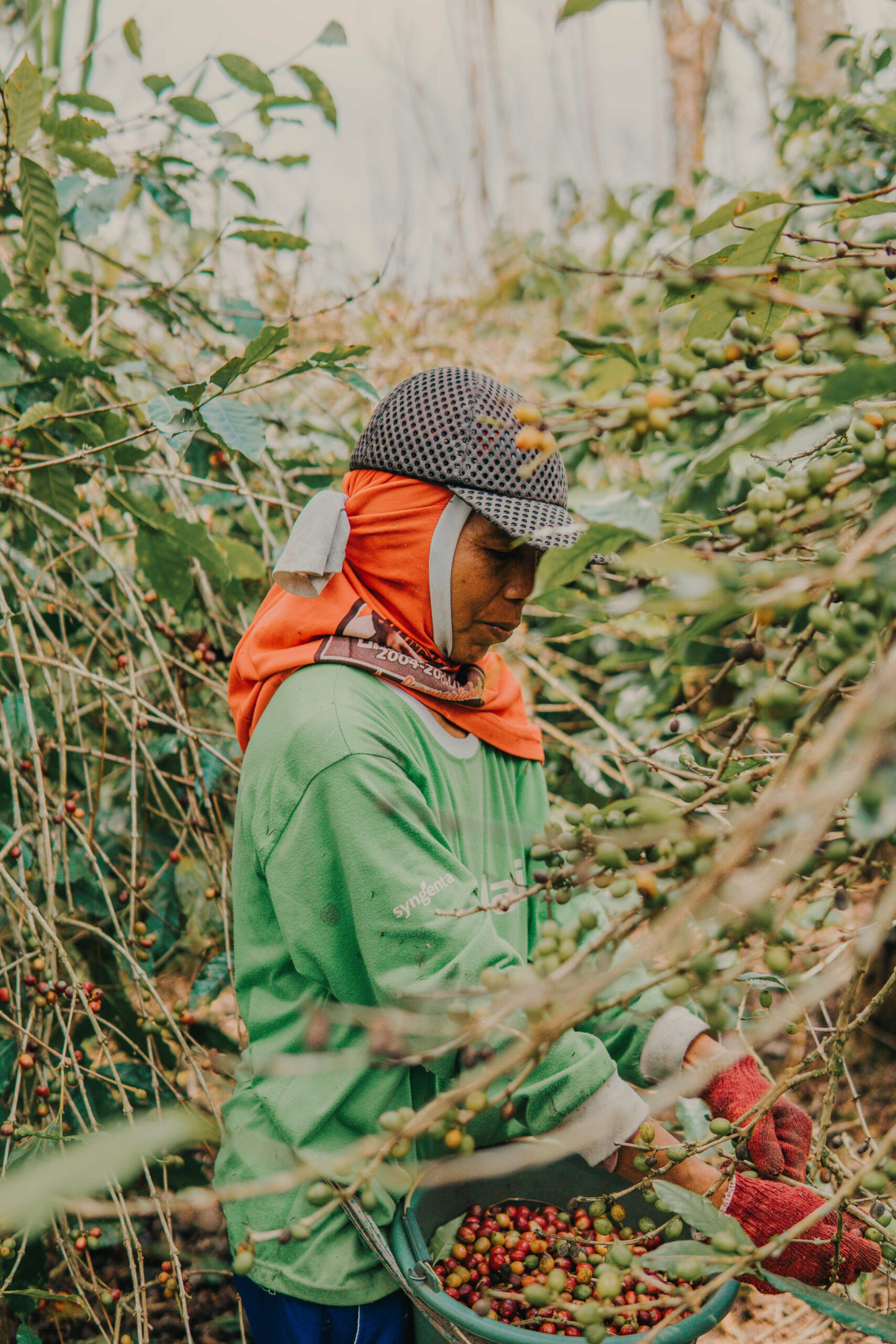
At the conference, Fuentes and Westermann shared how farmers are using these insights to adopt impactful practices. For example, they have reduced nitrogen fertiliser use, improved wastewater management, and integrated agroforestry techniques, such as planting trees among coffee crops. These changes help lower emissions, enhance biodiversity, and strengthen farms against climate extremes. Farmers not only benefit the environment but also build stronger, more sustainable livelihoods.
Conference attendees had the chance to work hands-on with the CFT, exploring its application across different agricultural supply chains. Participants from sectors like agriculture, agroforestry, and finance showed strong interest in integrating the tool into their own operations. This collaborative approach demonstrated how programs like Blue Harvest and tools like CFT can work together to reduce agricultural emissions while supporting farming communities.
The success of Blue Harvest shows how equipping farmers with knowledge and technology can make agriculture a key part of climate solutions. By combining regenerative practices with tools like the Cool Farm Tool, farmers in Central America are turning challenges into opportunities for sustainability and resilience. These efforts reflect a broader commitment to reshaping agriculture in ways that benefit both people and the planet.
Blue Harvest and its partnerships provide a powerful example of how local actions can contribute to global climate goals. The program continues to support farmers in creating sustainable, productive ecosystems that can endure the challenges of climate change.
